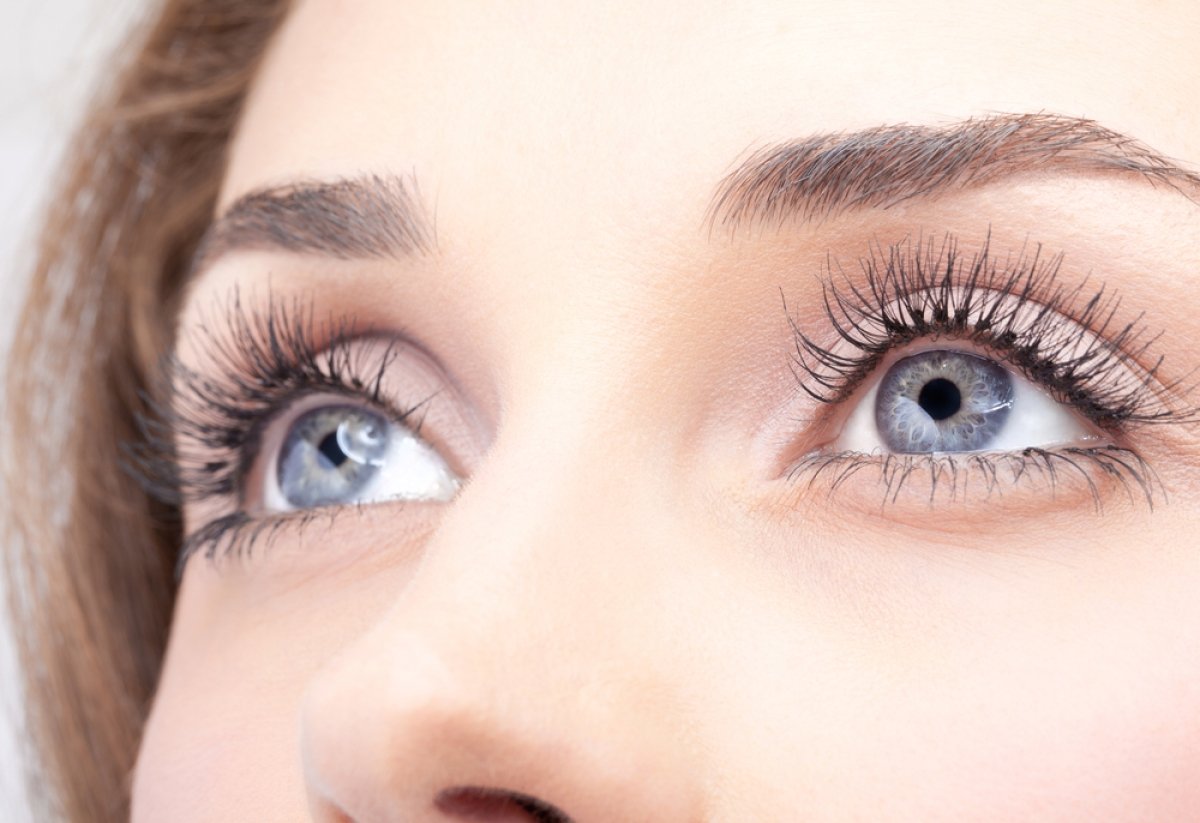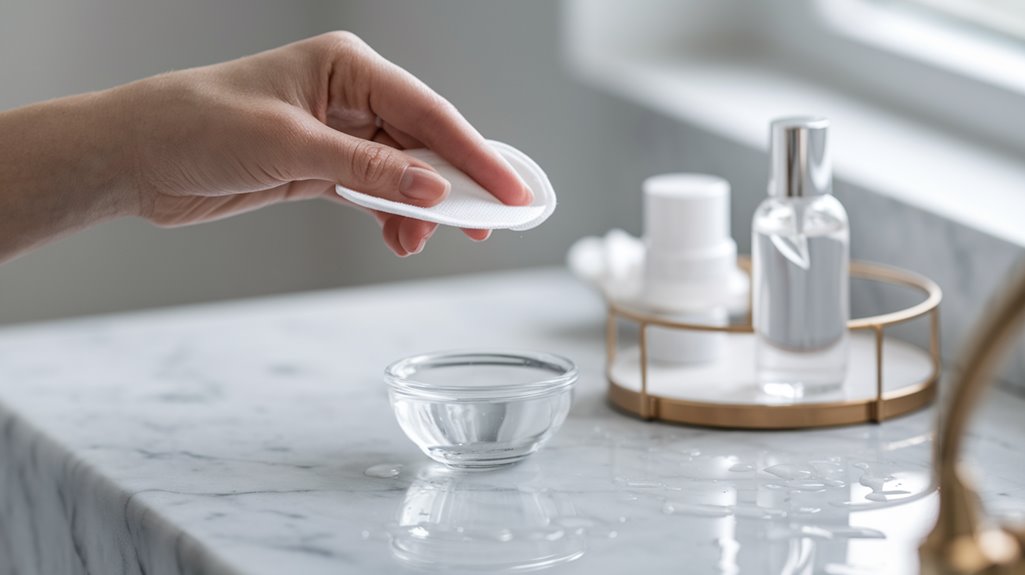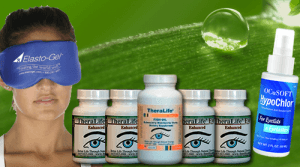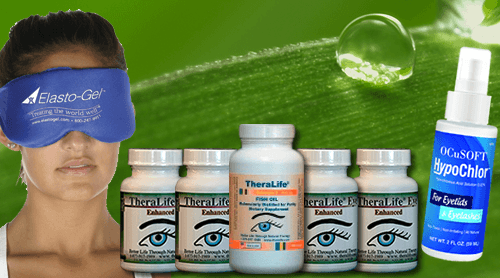Managing blepharitis effectively can greatly benefit from TheraLife’s range of products. TheraLife offers natural solutions to alleviate symptoms such as inflammation and discomfort associated with blepharitis. Their products incorporate natural ingredients like tea tree oil, known for its soothing and anti-inflammatory properties, making them ideal for daily eyelid scrubs. By using TheraLife’s products, customers can gently massage their eyelid margins in circular motions, promoting better eyelid hygiene and reducing symptoms.
In addition to eyelid scrubs, TheraLife emphasizes the importance of incorporating warm compresses into your routine to enhance eyelid cleanliness and overall eye health. They also recommend increasing omega-3 intake and scheduling regular eye check-ups for comprehensive eye care.
TheraLife’s website provides detailed steps and product recommendations tailored to manage blepharitis effectively, ensuring customers have access to the best natural remedies and practices for maintaining optimal eye health.
Best Blepharitis Treatment From TheraLife
Add To CartKey Takeaways
- Use eyelid scrubs with natural ingredients like tea tree oil to gently clean and manage blepharitis.
- Regular eyelid scrubbing prevents inflammation and reduces the risk of eyelid crusting and infections.
- Clean eyelids daily with a warm, moist cloth and a suitable scrub solution for effective blepharitis management.
- Incorporate dietary changes, like increasing omega-3 intake, to help manage eyelid inflammation.
- Consult an eye care professional for personalized treatment and product recommendations.
Understanding Blepharitis and Its Symptoms
Though often overlooked, understanding blepharitis is essential for managing this common eye condition. You must first focus on symptom identification. Common symptoms include red, itchy eyelids, flaking skin around the eyes, and a gritty sensation. Identifying these symptoms early can prevent complications such as eyelid crusting or vision problems. Demodex mites are known to contribute to the inflammation, making it crucial to address these underlying causes. Once symptoms are identified, consider treatment options. Warm compresses can alleviate discomfort by loosening debris and reducing inflammation. Follow up with gentle eyelid cleansing to maintain hygiene. In some cases, topical antibiotics or steroid ointments are prescribed for persistent symptoms. Always consult an eye care professional to tailor treatment options to your specific needs.
Selecting the Best Eyelid Scrub Products
When selecting the best eyelid scrub products, it’s crucial to take into account both efficacy and safety. You’ll want to prioritize products featuring natural ingredients, as they tend to be gentler and less irritating to the delicate eyelid area. Conduct thorough product comparisons by examining ingredient lists and user reviews to verify you’re choosing a product that effectively manages blepharitis symptoms without adverse effects. Maintaining eyelid cleanliness is essential for reducing flare-ups and managing blepharitis, as it helps prevent the accumulation of debris and potential infections.
| Criteria | Consideration |
|---|---|
| Natural Ingredients | Look for botanicals like tea tree oil |
| Efficacy | Check for clinical study support |
| User Reviews | Evaluate feedback on irritation levels |
Step-by-Step Guide to Proper Eyelid Scrubbing
To properly scrub your eyelids, begin by washing your hands thoroughly to prevent introducing bacteria to the sensitive eye area. Effective eyelid hygiene is essential.
Next, moisten a clean, lint-free cloth or pad with warm water. Apply a small amount of eyelid scrub solution to the pad, ensuring it’s not dripping.
Gently close your eyes and use the pad to lightly massage the eyelid margin, employing circular scrub techniques. Focus on the base of the lashes, where debris tends to accumulate.
Rinse the area with warm water afterward, ensuring all residue is removed. Pat dry with a clean towel without rubbing.
Repeat this process daily to maintain ideal eyelid hygiene and manage blepharitis effectively. Consistent treatment regimens are essential for chronic condition management, ensuring long-term relief and prevention of complications.
Best Blepharitis Treatment From TheraLife
Add To CartAdditional Tips for Managing Blepharitis
Managing blepharitis effectively requires more than just eyelid scrubs. Implementing dietary changes can markedly impact inflammation control. Consider increasing omega-3 fatty acids by consuming more fish, flaxseeds, or walnuts. These nutrients may reduce eyelid inflammation, promoting healthier eyelid margins. Additionally, monitor your intake of sugars and refined carbohydrates, as they can exacerbate inflammatory responses. A balanced diet focusing on whole foods over processed options can help manage autoimmune symptoms. Adopting beneficial lifestyle habits is essential. Prioritize adequate sleep, as poor rest can weaken your immune system, complicating blepharitis management. Regularly clean your environment, minimizing exposure to dust and allergens that might irritate your eyelids. Also, avoid touching your eyes with unclean hands to prevent introducing bacteria.
Maintaining Long-Term Eyelid Health
Although maintaining long-term eyelid health involves several strategies, eyelid hygiene remains fundamental. Consistent cleaning of your eyelids serves as a primary preventive measure against conditions like blepharitis.
Use a gentle, non-irritating cleanser daily to remove debris, oil, and bacteria. This not only promotes eyelid hygiene but also reduces inflammation and discomfort. Recent studies show that dedicated eyelid cleansers are more effective than baby shampoo in reducing bacteria, making them a preferable choice for managing blepharitis.
Additionally, incorporate warm compresses to enhance circulation and unclog glands, further supporting eyelid health. Regular check-ups with an eye care professional are essential for early detection of potential issues. They can recommend personalized preventive measures tailored to your needs.
Avoid using expired or shared eye makeup, as these can introduce harmful bacteria. By prioritizing eyelid hygiene, you’ll effectively maintain long-term eyelid health and prevent recurring issues.
Best Blepharitis Treatment From TheraLife
Add To CartFrequently Asked Questions
Can Diet Affect the Severity of Blepharitis Symptoms?
Yes, your diet can influence blepharitis symptoms. By making dietary adjustments, you might reduce inflammation and alleviate discomfort.
Incorporating omega-3 fatty acids, found in fish and flaxseeds, can be beneficial. Additionally, nutritional supplements like fish oil may help support eye health.
Avoiding processed foods and excessive sugar is advisable, as they could exacerbate symptoms.
Always consult with your healthcare provider before making any significant dietary changes or adding supplements.
Are There Any Home Remedies for Managing Blepharitis?
Are there home remedies for managing blepharitis? Absolutely, you can conquer blepharitis with natural treatments that’ll blow your mind.
Start by gently cleansing your eyelids with a warm compress to reduce inflammation.
Herbal solutions like diluted tea tree oil can also work wonders. You’d apply it carefully, avoiding direct contact with your eyes.
Omega-3 supplements might help too, as they’re known to support eye health.
Always consult your doctor before trying new treatments.
How Often Should I Replace My Eyelid Scrub Products?
You should consider frequency recommendations and product expiration when deciding how often to replace your eyelid scrub products.
Typically, it’s advisable to replace them every three months to guarantee efficacy and hygiene.
Check the product expiration date, as using expired products can lead to irritation or reduced effectiveness.
Regularly replacing these products helps maintain proper eye health and manage blepharitis symptoms effectively, assuring you’re always using fresh and safe products.
Can Stress Contribute to Worsening Blepharitis?
Yes, stress can indeed contribute to worsening blepharitis. When you’re stressed, your body’s response can exacerbate inflammation, a known blepharitis trigger.
Effective stress management is vital in managing blepharitis. Techniques like mindfulness, regular exercise, and adequate sleep can reduce stress levels, potentially mitigating flare-ups.
In addition to stress management, maintaining a consistent eyelid hygiene routine is essential for controlling symptoms and improving overall eye health.
Are There Any Specific Makeup Products to Avoid With Blepharitis?
When dealing with blepharitis, you should avoid makeup ingredients that can irritate your eyelids, like parabens, sulfates, and fragrances.
Opt for hypoallergenic products to maintain ideal eyelid hygiene. Confirm that any makeup you use is oil-free and easy to remove, reducing the risk of clogging glands.
Also, avoid waterproof formulas, as they’re harder to cleanse thoroughly.
Consistent, gentle cleansing is essential to manage symptoms and prevent flare-ups effectively.
Best Blepharitis Treatment From TheraLife
Add To CartConclusion
Theralife.com’s products stand out in their ability to benefit customers by offering a comprehensive approach to managing blepharitis and other ocular conditions. By providing targeted solutions like eyelid scrubs and dietary recommendations, Theralife empowers customers to effectively manage and alleviate symptoms associated with blepharitis, dry eyes, and related issues. Their holistic approach, which encompasses natural treatments and lifestyle adjustments, ensures long-term ocular health and comfort. Customers who have experienced challenges with eyelid hygiene and discomfort find reassurance in Theralife’s dedication to improving eye health.





